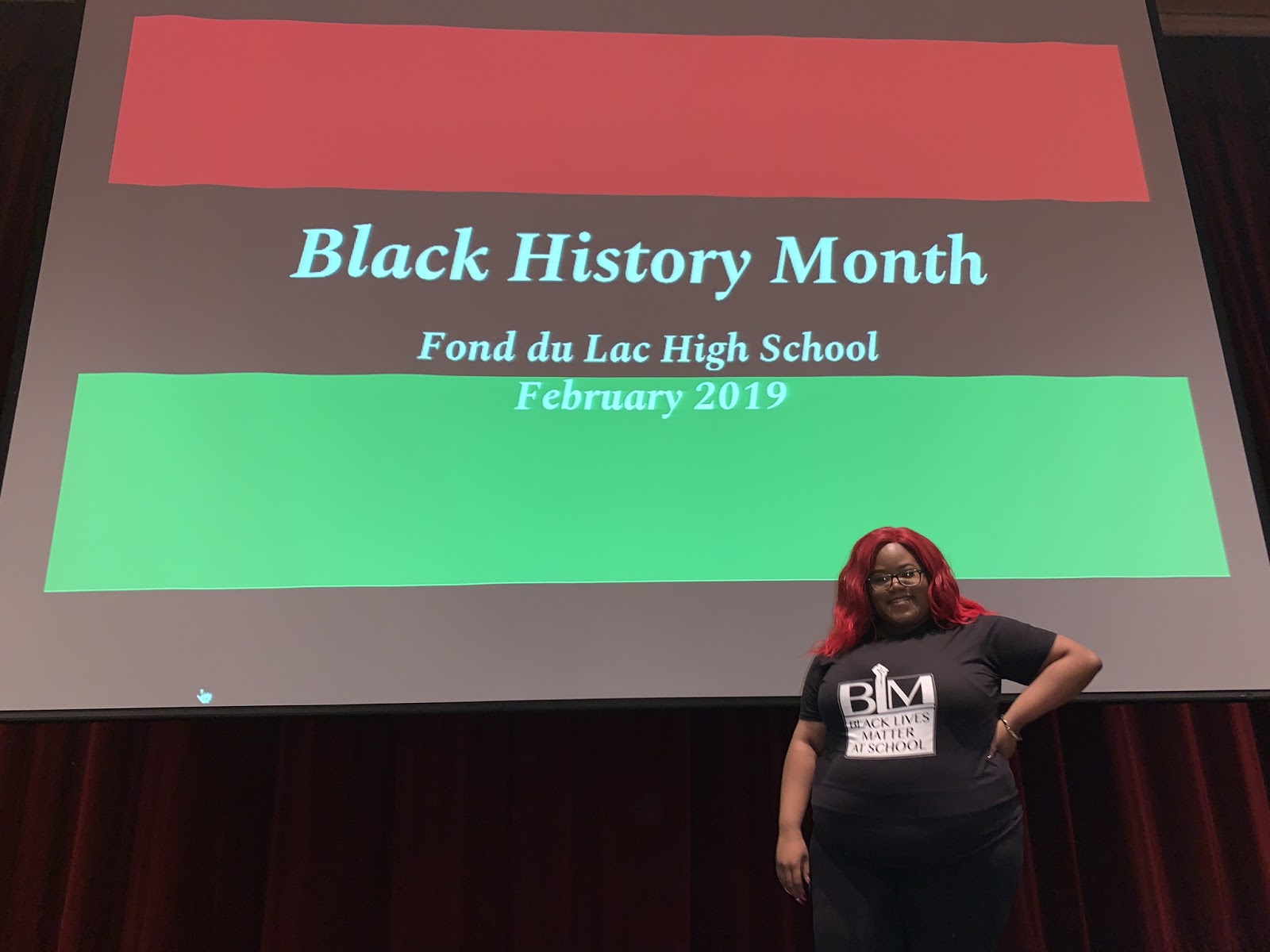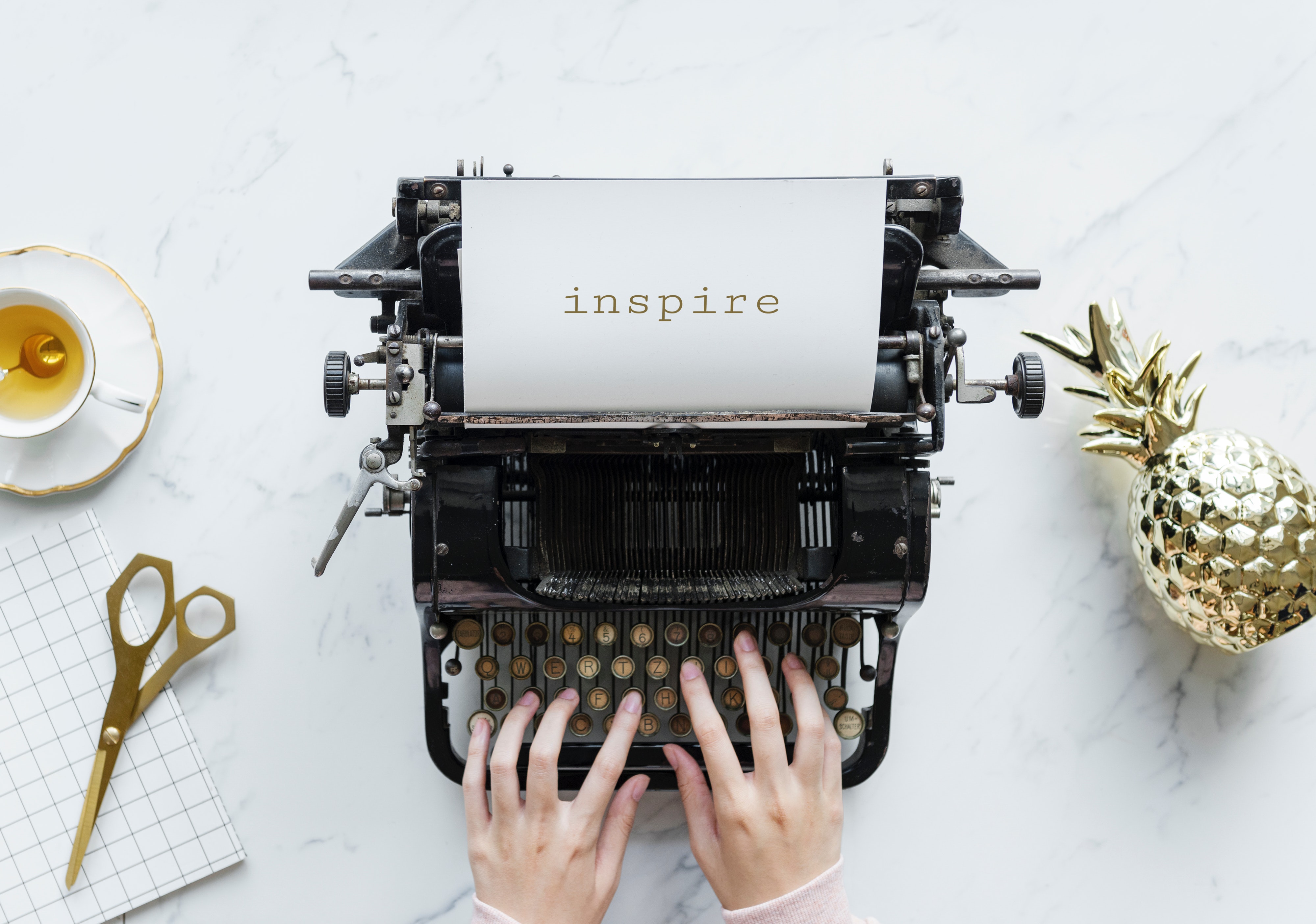Women's Leadership Hub
Equity is the Goal

by Shavana Talbert
“If they don’t give you a seat at the table, bring a folding chair.”
-Shirley Chisholm
As Black History Month comes to a close, I am left with circling thoughts surrounding this month-long anniversary. Did I do enough to highlight and underscore the innumerable achievements of Black folks? Was I intentional enough in my interactions to showcase how important this month is and should be for everyone? Did I hold people accountable to learn about and teach about Black History throughout the entire year? One thing I can say for sure is Black History IS American History, and I will always create space at the table to have this conversation, even if I am the only one advocating. I do it for myself, my ancestors, those who look like me and those who don’t. Black History is everyone’s history, and I wish that was a more widely held truth.
I don’t get many opportunities to interact with students in my role as District Equity Coach for the Fond du Lac School District. Instead, I primarily focus on systems change, an aerial view of racial equity and culturally responsive practices that begins with administrators and teachers and trickles into the school and classroom. I was excited when Andrea, a high school senior, asked me to help her prepare a large-scale Black History Month program for all of Fondy High. As far as I know, this effort was the first of its kind to come to fruition for our high school students, and it has been extremely well-received! Watching this all unfold only accentuated the need for diversity and inclusion efforts for all students, particularly those of color.
The program centered around an optional survey sent out to the student body in January that asked questions about experiencing racism inside and outside of school; identifying what students would like to be done to make a more inclusive community for those of different racial backgrounds and cultures; sharing curriculum and lessons that students have seen (or not seen) that highlight Black History during this month and throughout the year; naming positive Black/ African-American adult mentors and student role models, and much more. 636 students responded openly and honestly to her survey, which is about 32% of FHS student body.
Andrea challenged those in the audience of the Performing Arts Center (PAC) to be the change they wanted to see both in their school and in their community. What stood out most for me was the line of people, students and staff alike, that came up to say thank you after the program. There were two white students who spoke about how important this effort was, one boy apologizing for negative racial comments he’s made in the past. That is being the change. That is learning and growing, and it was beautiful to bear witness.
One of my goals in the FDL school district is to help redefine and reshape what it means to be a leader and who is “capable” or “eligible” for leadership roles. Leadership does not necessarily mean the most outspoken or the student with the best grades. It does not mean highlighting those who are most “compliant” in the classroom or “popular” with their classmates. It is our job as adults to help cultivate and nurture the leadership potential of every student, every day. Andrea showed our students and staff what leadership means and what it can be. In a school with predominantly white staff and students, it is important that everyone sees not only people who look like themselves serving as leaders but also those who are different than them. The potential of all of our students is beyond measure, and we have to do better to strengthen it.
When anyone asks me about diversity and inclusion (D&I) work, I always come back to a mantra one of my mentors and leaders of D&I developed:
“Diversity is a fact.
Inclusion is a practice.
Equity is the goal.”
– Dereca Blackmon, Stanford University
The very existence of each of us means that we are all diverse in our own exemplary way. Our skin color, culture, ability, gender identity or expression, personality, socioeconomic status, sexual orientation, body type, language, etc. makes us who we are, and there is nothing anyone can do to change that fact. However, how we respond to those differences is what makes diversity and inclusion work heavy and, oftentimes, slow-moving.
How are we as individuals and systems creating inclusive environments that validate and affirm individuals of all identities and backgrounds?
Equity, giving everyone what they need when they need it in order to thrive, is the goal. Giving everyone the same thing is not enough:
”Wisconsin has once again posted the largest gap in the nation between graduation rates for white and black high school students . . . In Wisconsin, the white graduation rate was 92.7 percent, compared to the black graduation rate of 67 percent (Fox Valley 365).”
Changing this statistic is the collective responsibility of all and is what I aim to do every single day. Our attitude regarding difference, matters. We must be intentional as individuals, institutions and communities about carving out space for those who have traditionally been underserved and marginalized. We must critique ourselves, as individuals, and the systems in which we belong. We must allow folks to tell their stories, let us know what they need, and *believe them!* I hope that you will join me on this journey.

